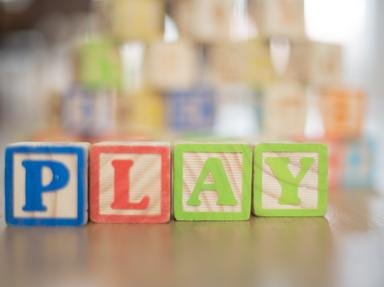Quiz Answer Key and Fun Facts
1. A dessert you eat on your birthday + what you do when you use your feet to move = something that is very easy to do.
2. What you use to unlock a door + the bottom of an animal's foot = a group of buttons, like on a calculator.
3. A tiny cup that protects your thumb + something you don't want in your garden = a plant whose flower is shaped like a metal cup used in sewing.
4. A feeling of worry about something that might happen + what keys fit into = hair that is tightly braided or twisted.
5. What book pages are made of + what a scale measures = a heavy, decorative thing that helps keep a desk organized.
6. What you wear with a sock + something that makes your car go "honk" = a small tool that can help your feet get into your sneakers.
7. The opposite of "pull" + something that keeps a shirt or jacket closed = a small, round piece of plastic that makes a machine do something.
8. A magical woman who might cast a spell + what you can clean the floor with = a strange growth or cluster on a tree.
9. Air blowing through the trees + the sound of a doorbell ringing = a musical instrument that plays in the breeze.
10. A big glass bottle + what's under your hair = a word for a dumb or foolish person.
Source: Author
MrNobody97
This quiz was reviewed by FunTrivia editor
NatalieW before going online.
Any errors found in FunTrivia content are routinely corrected through our feedback system.
